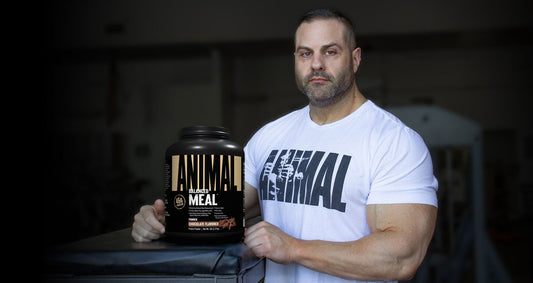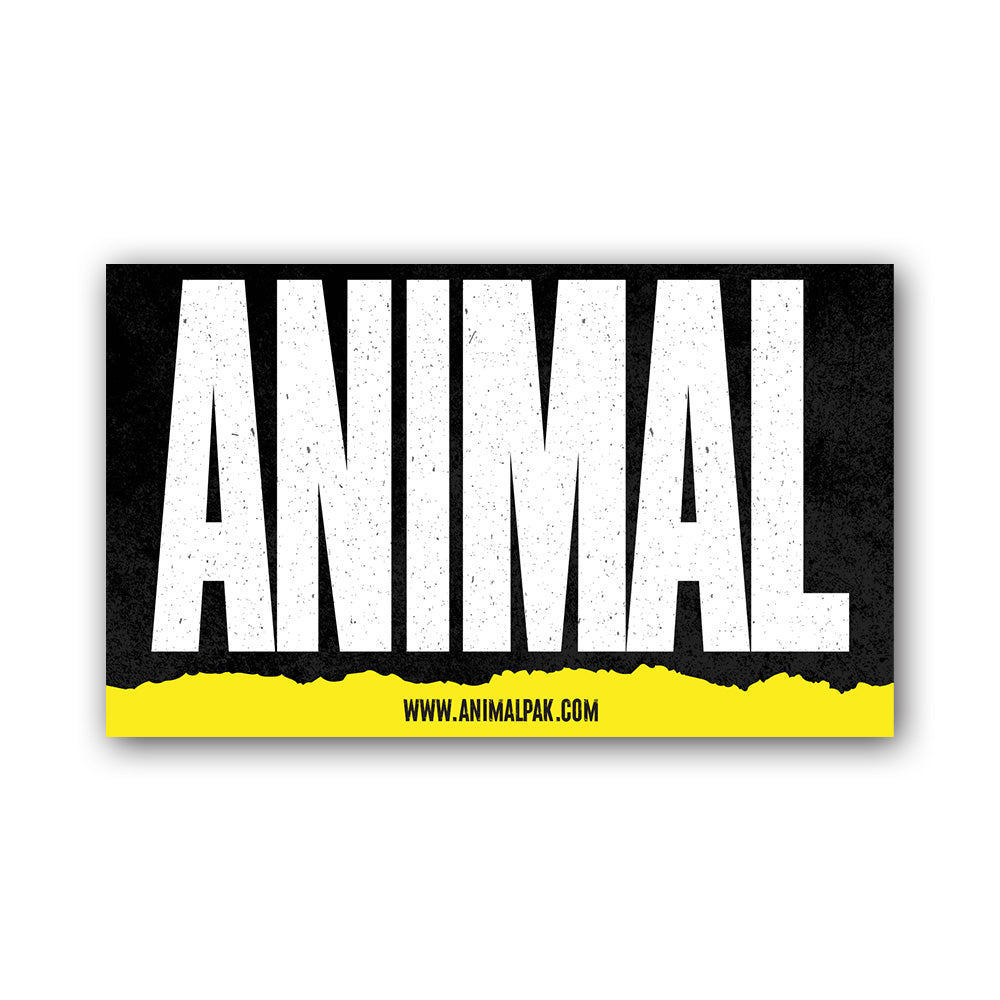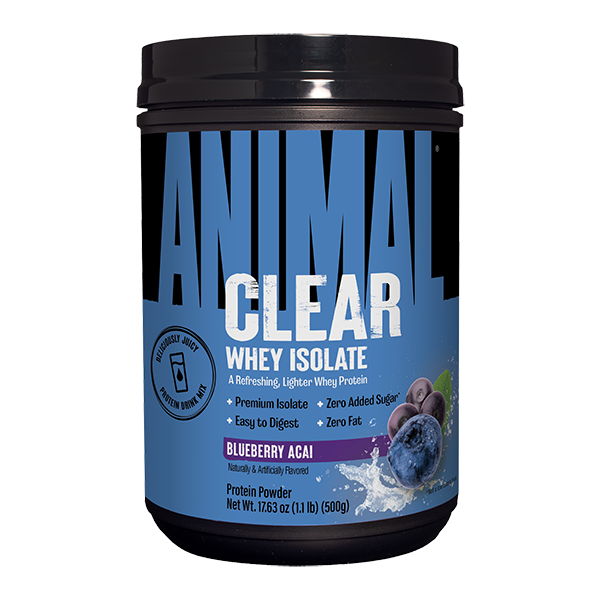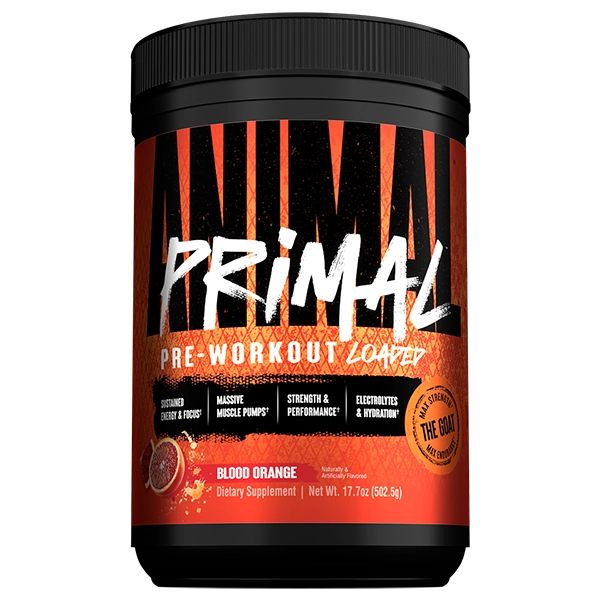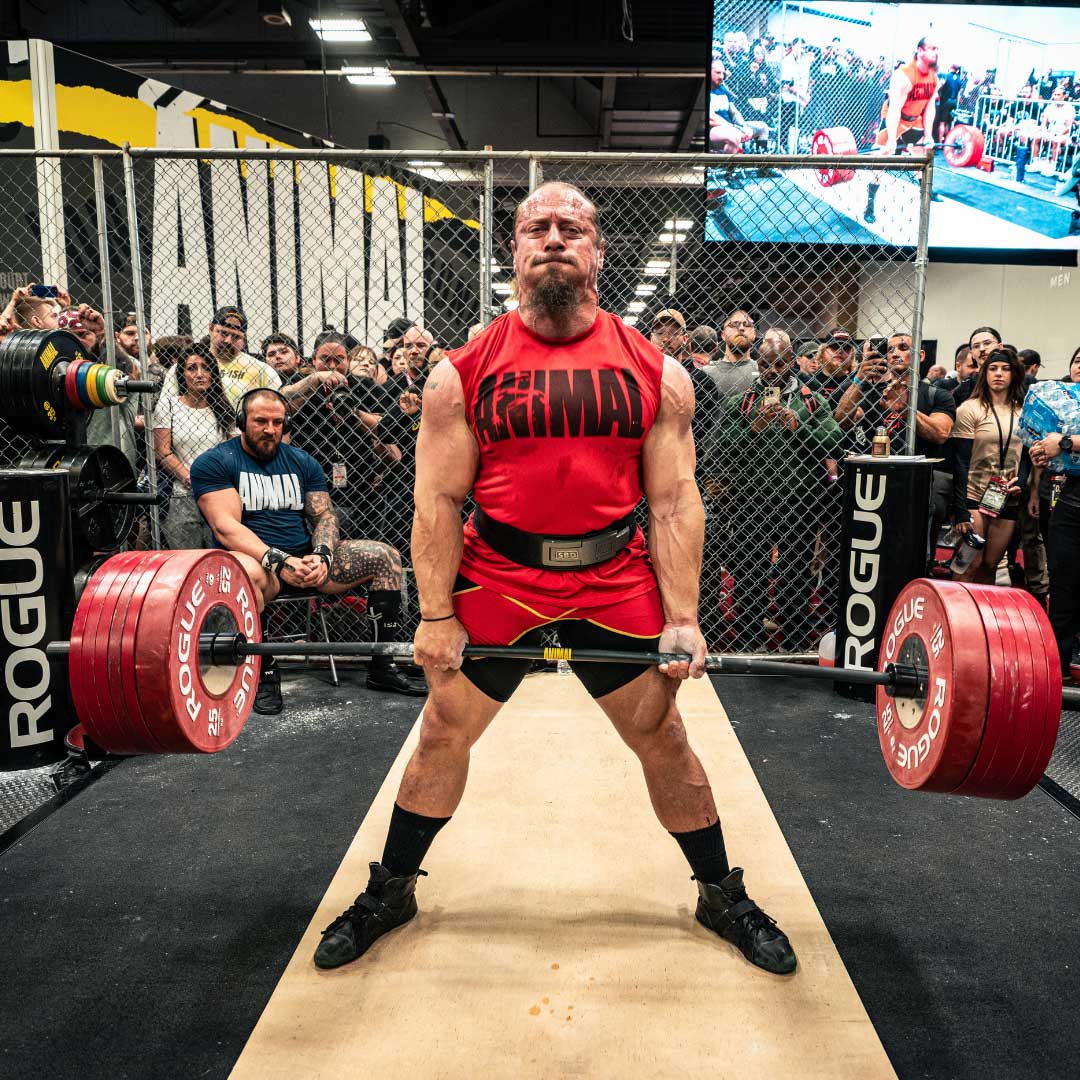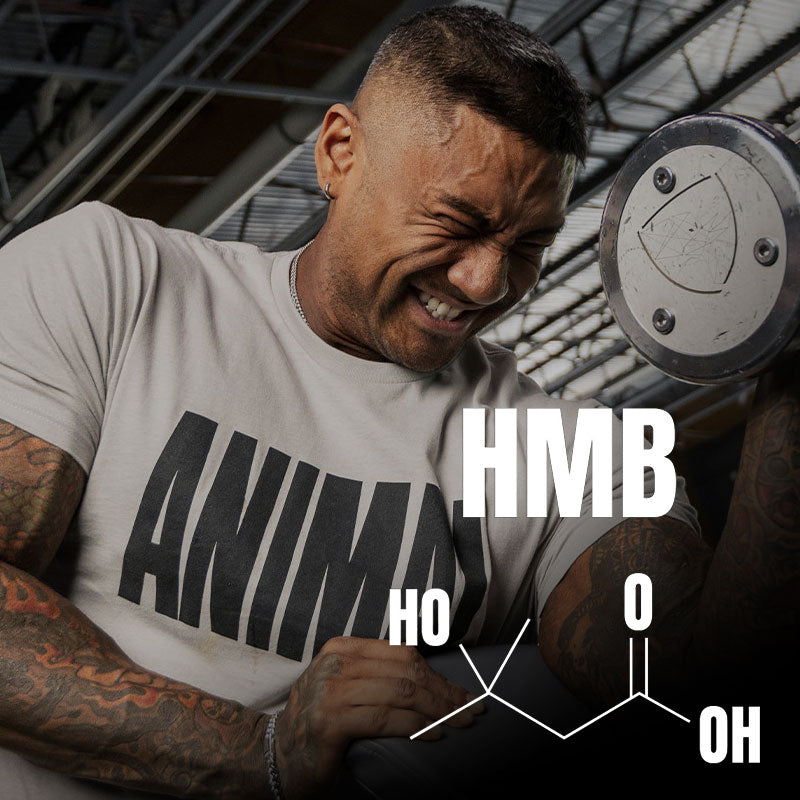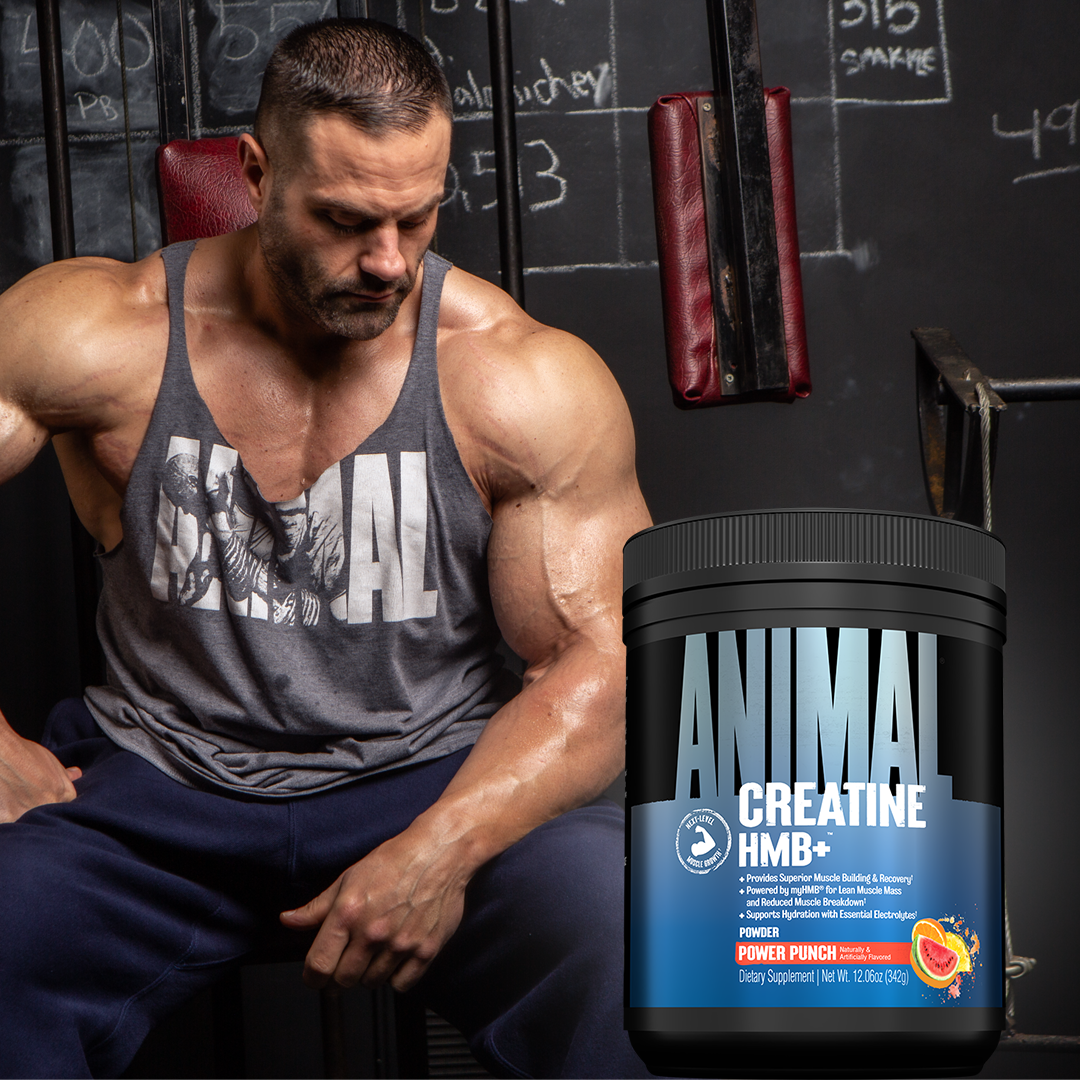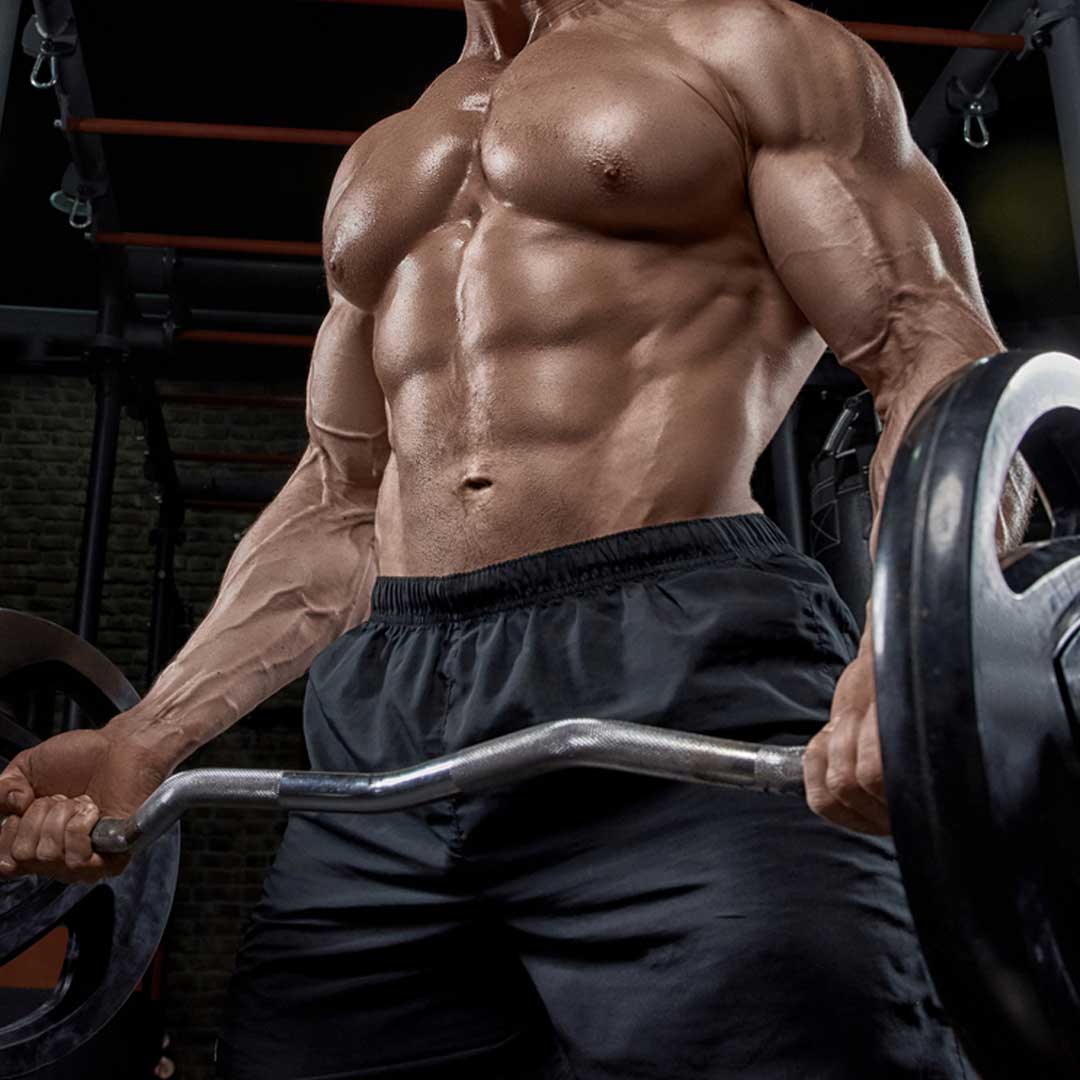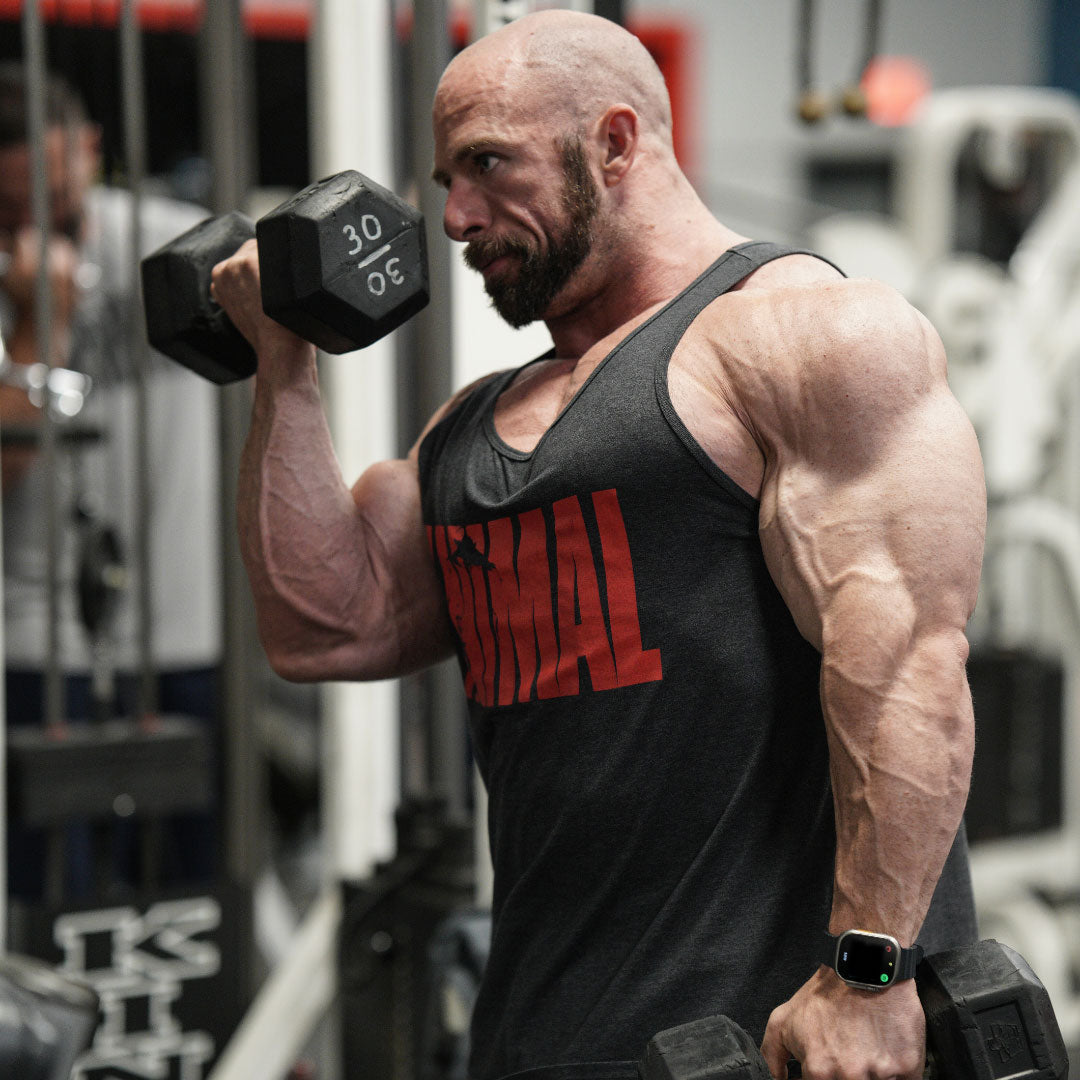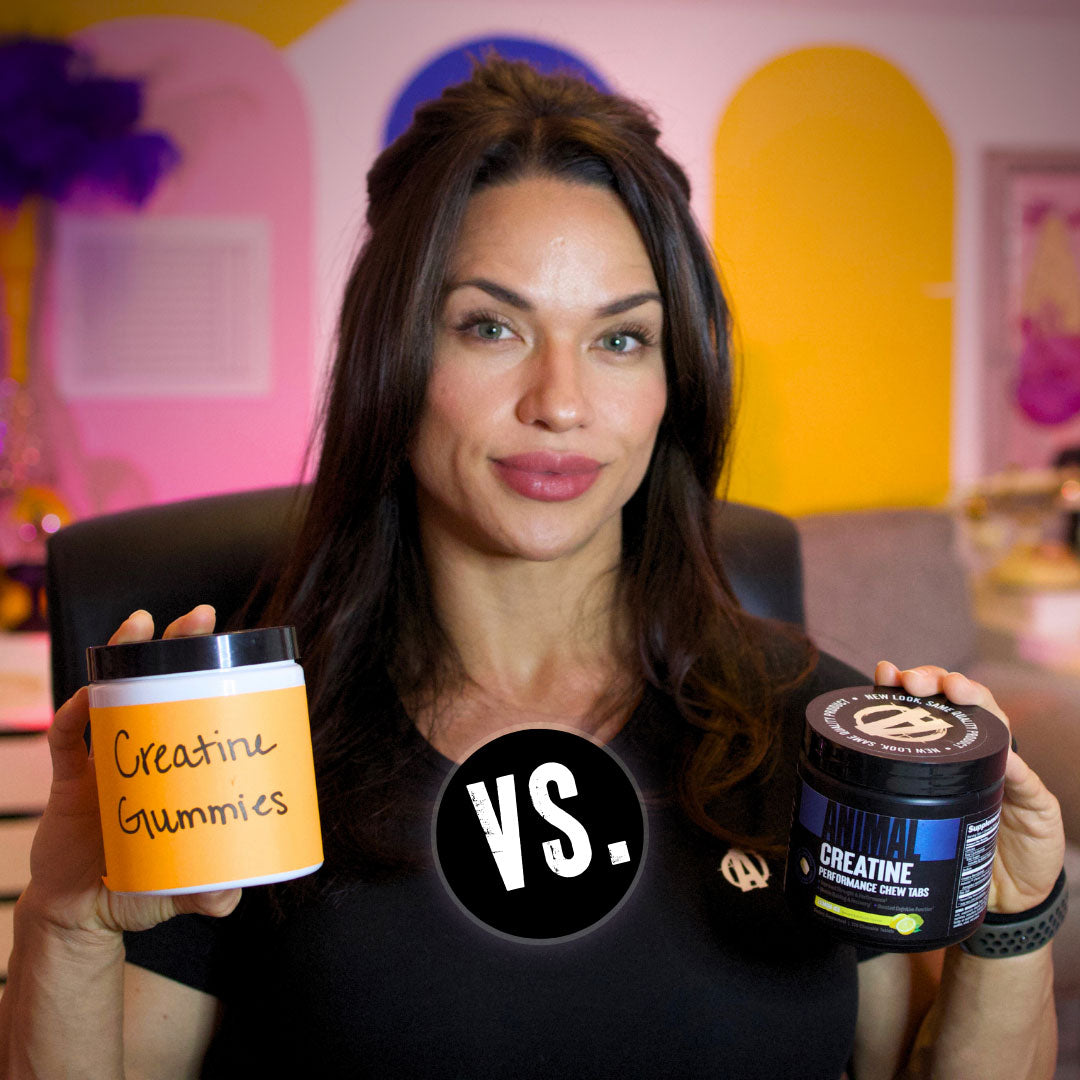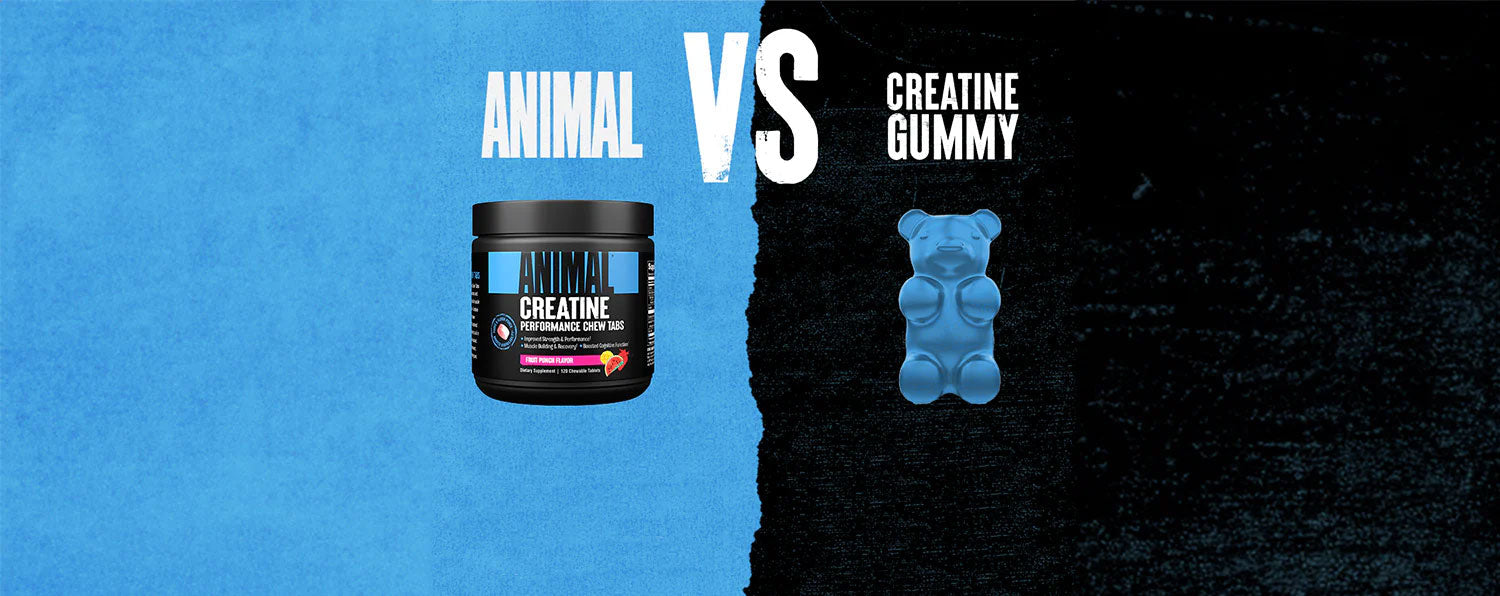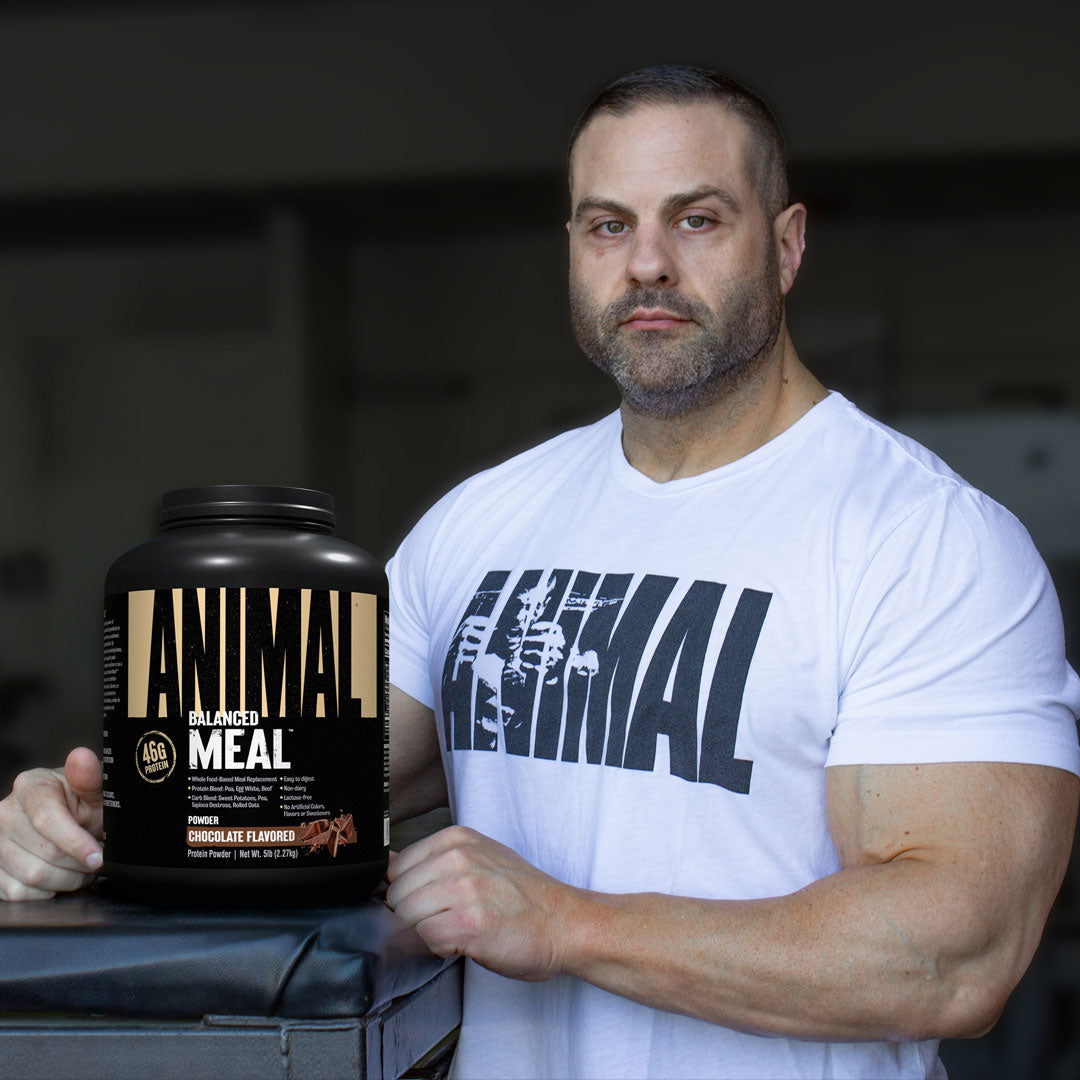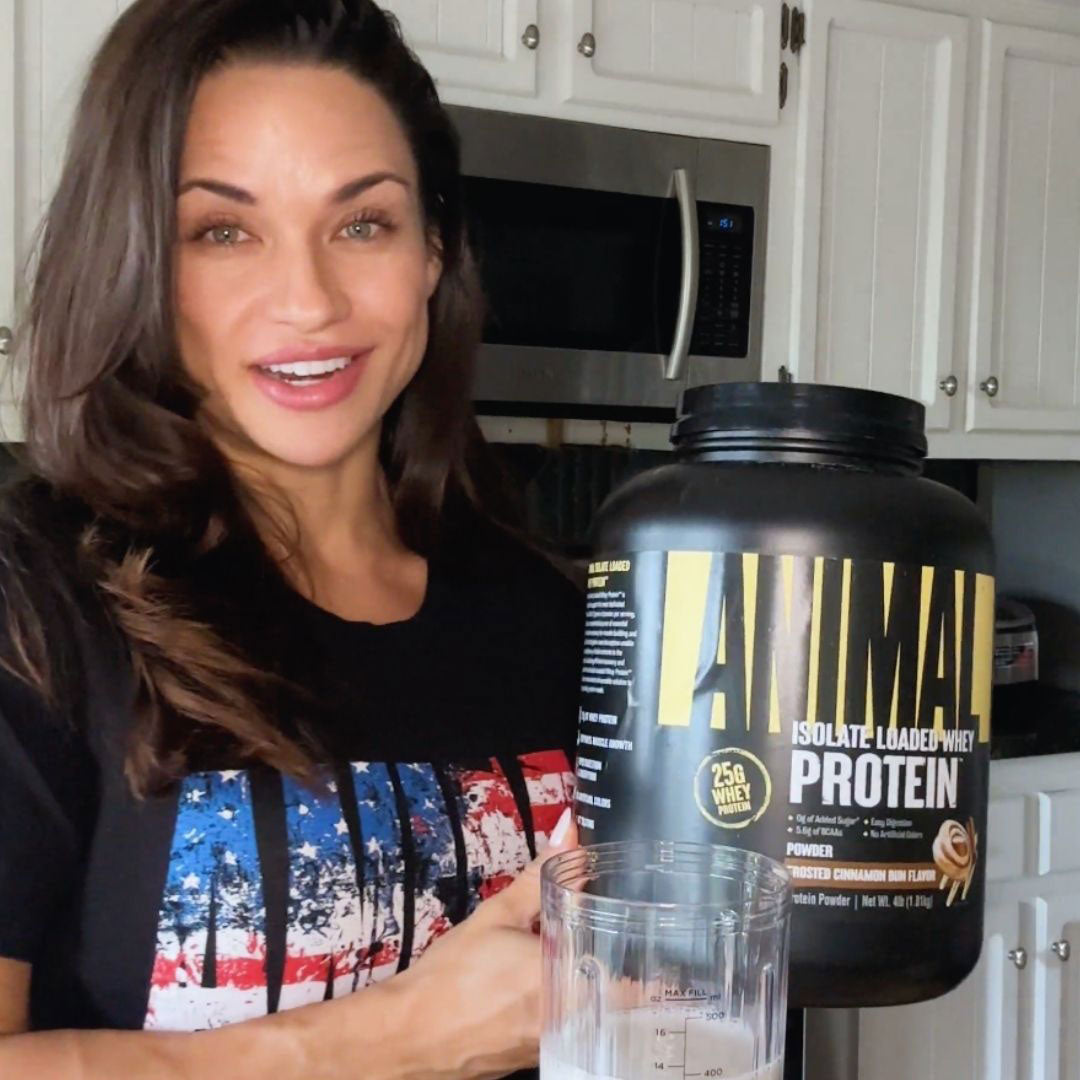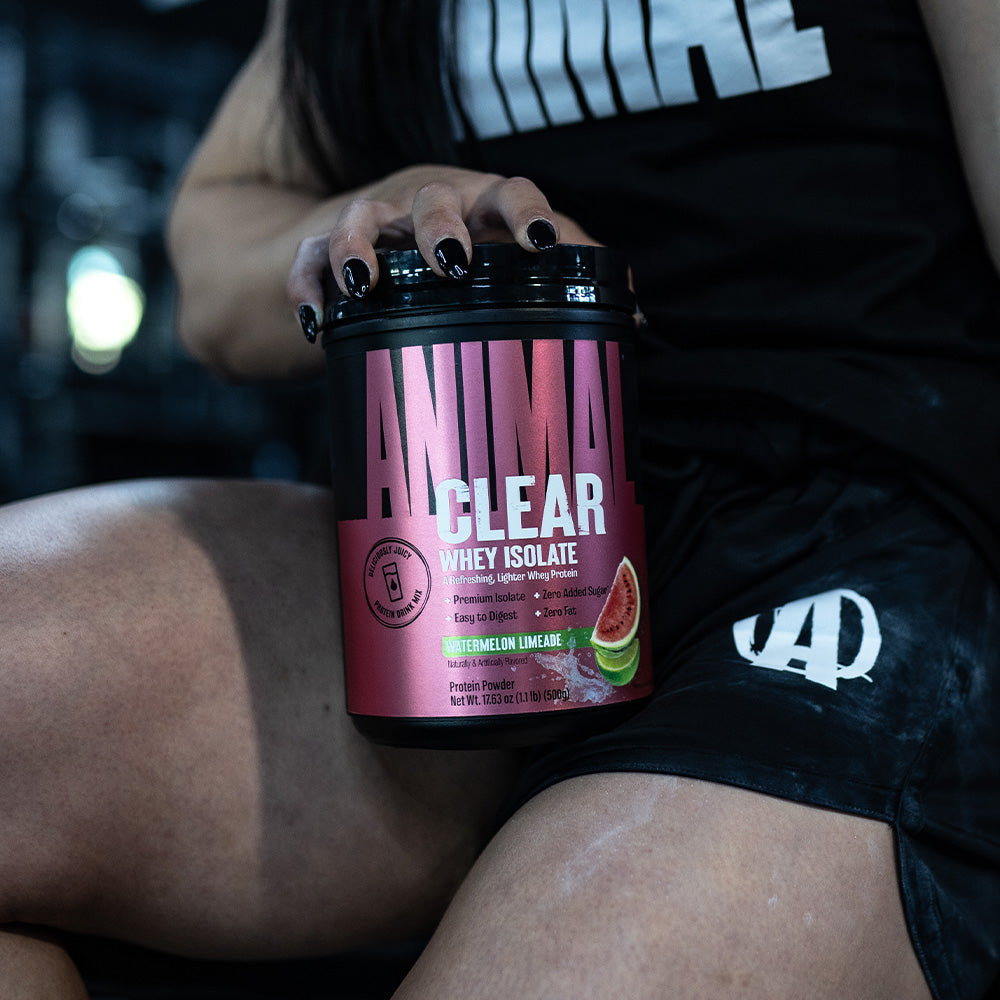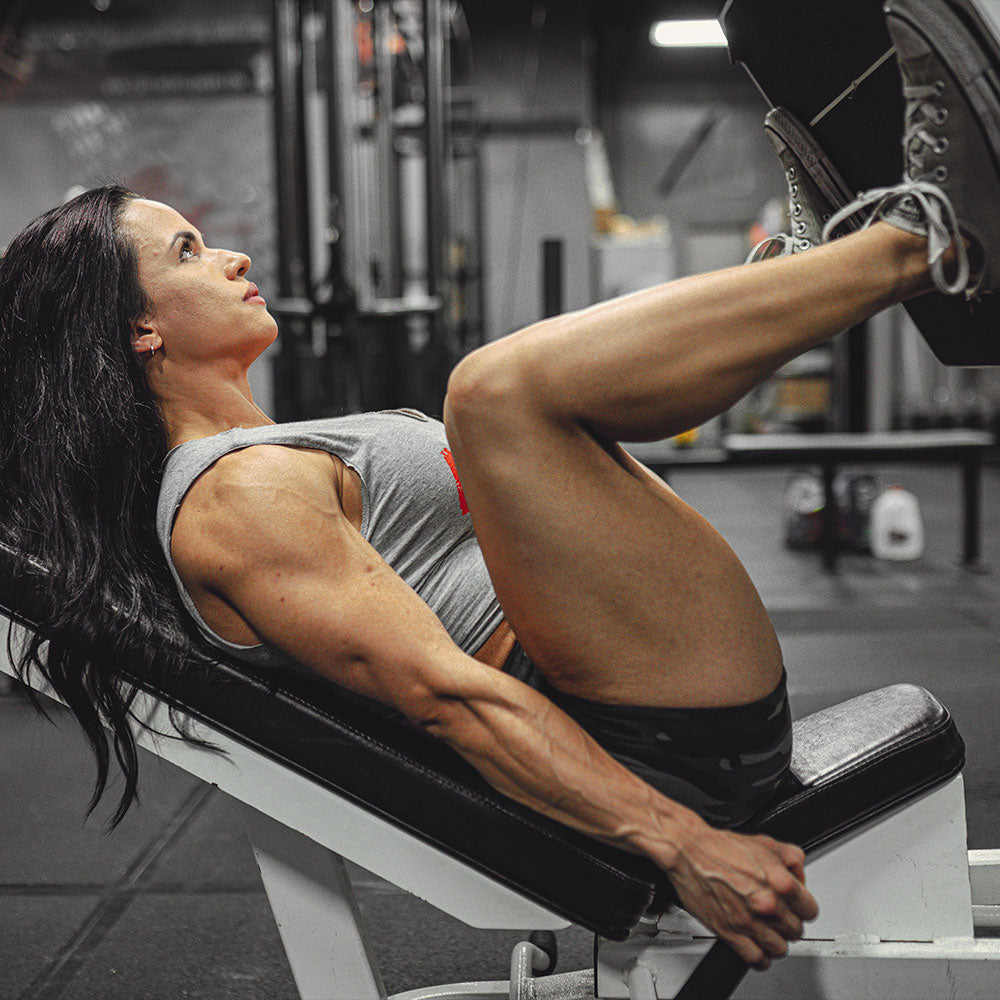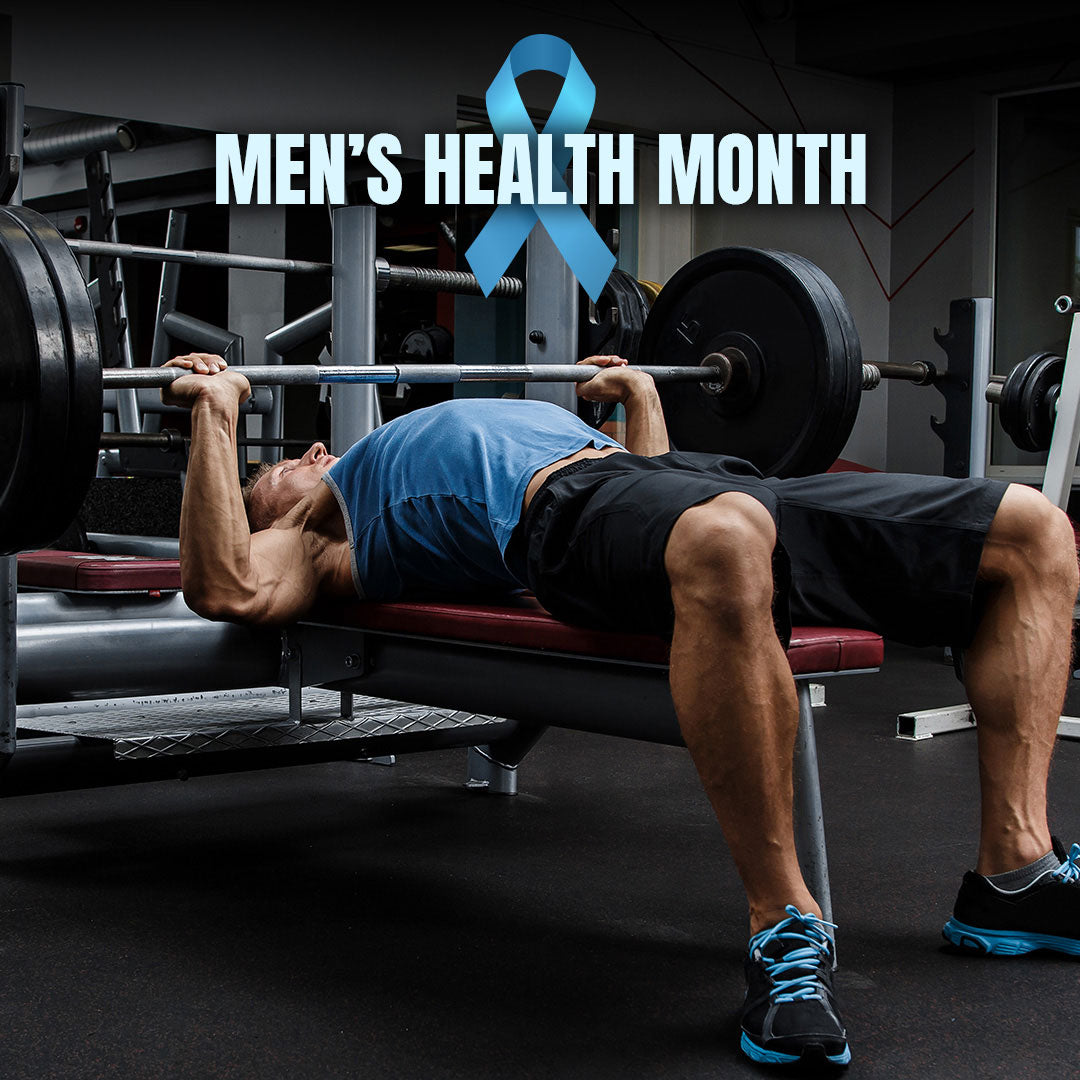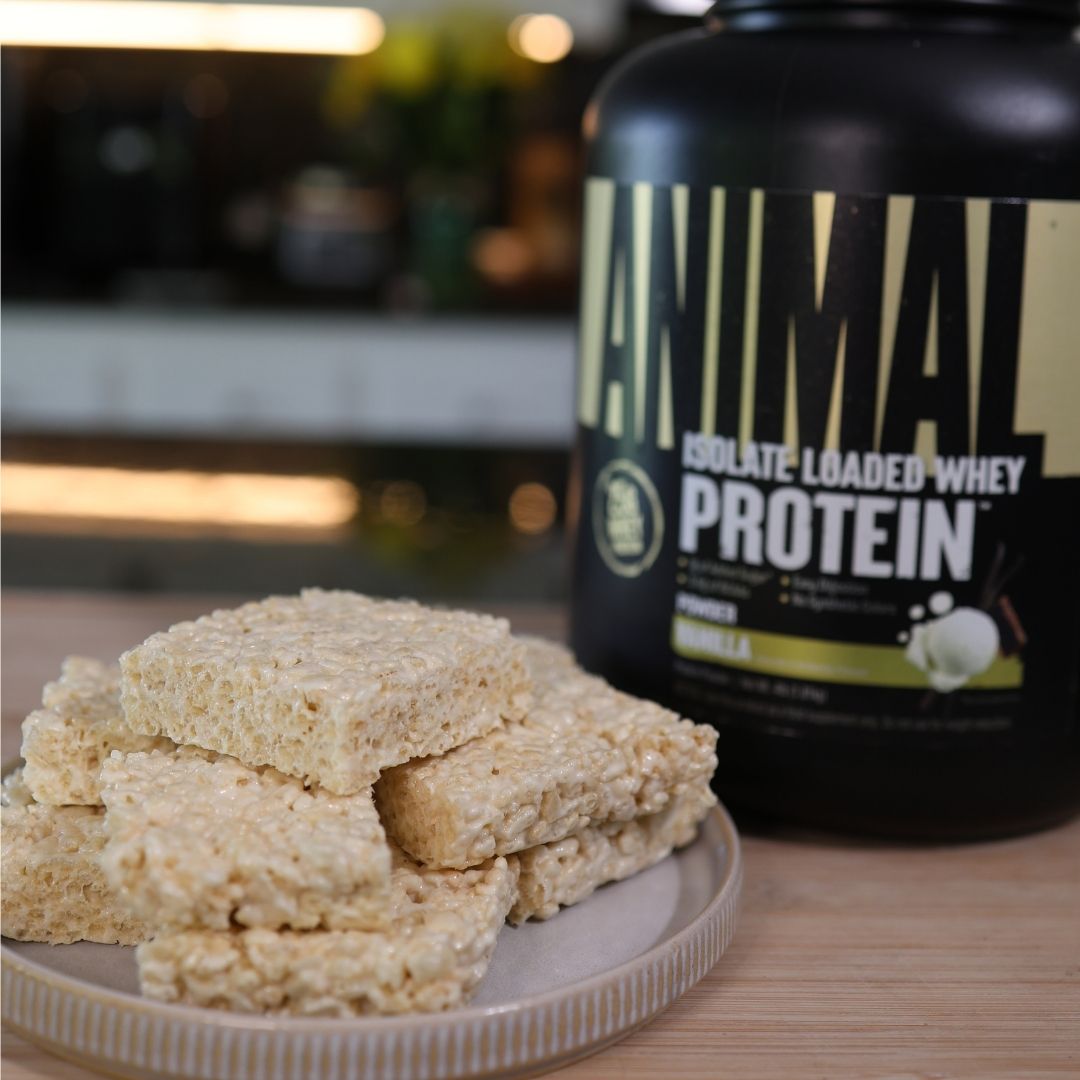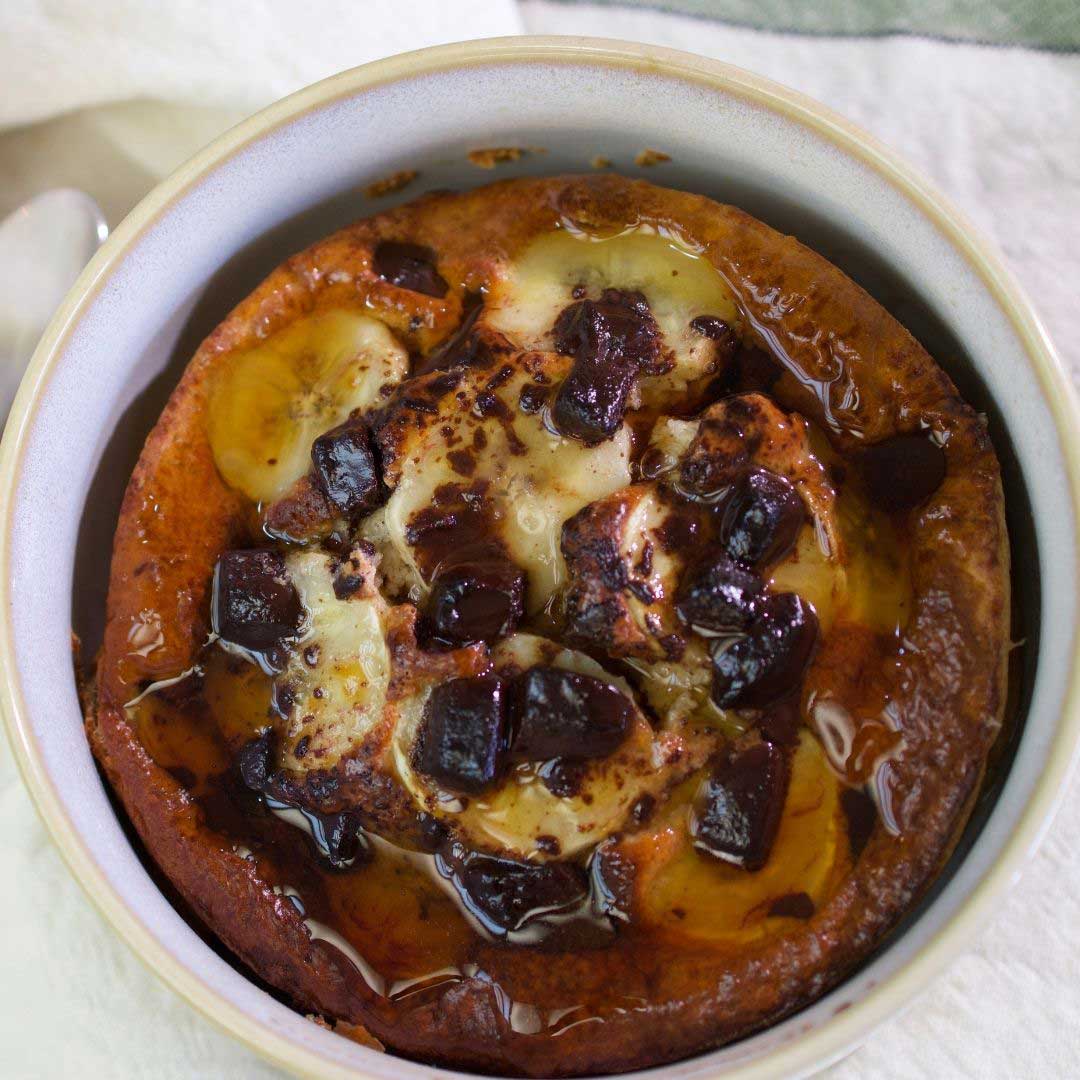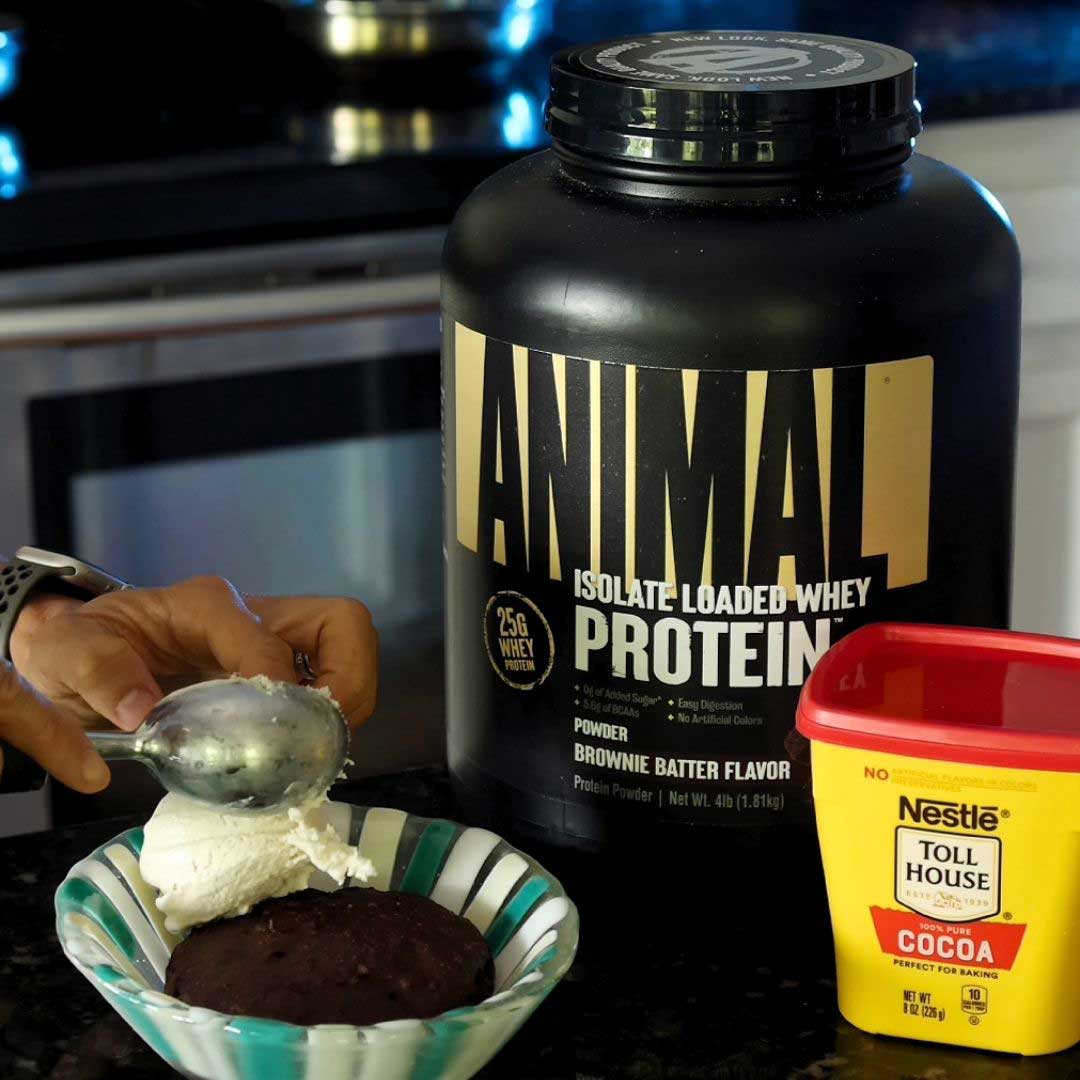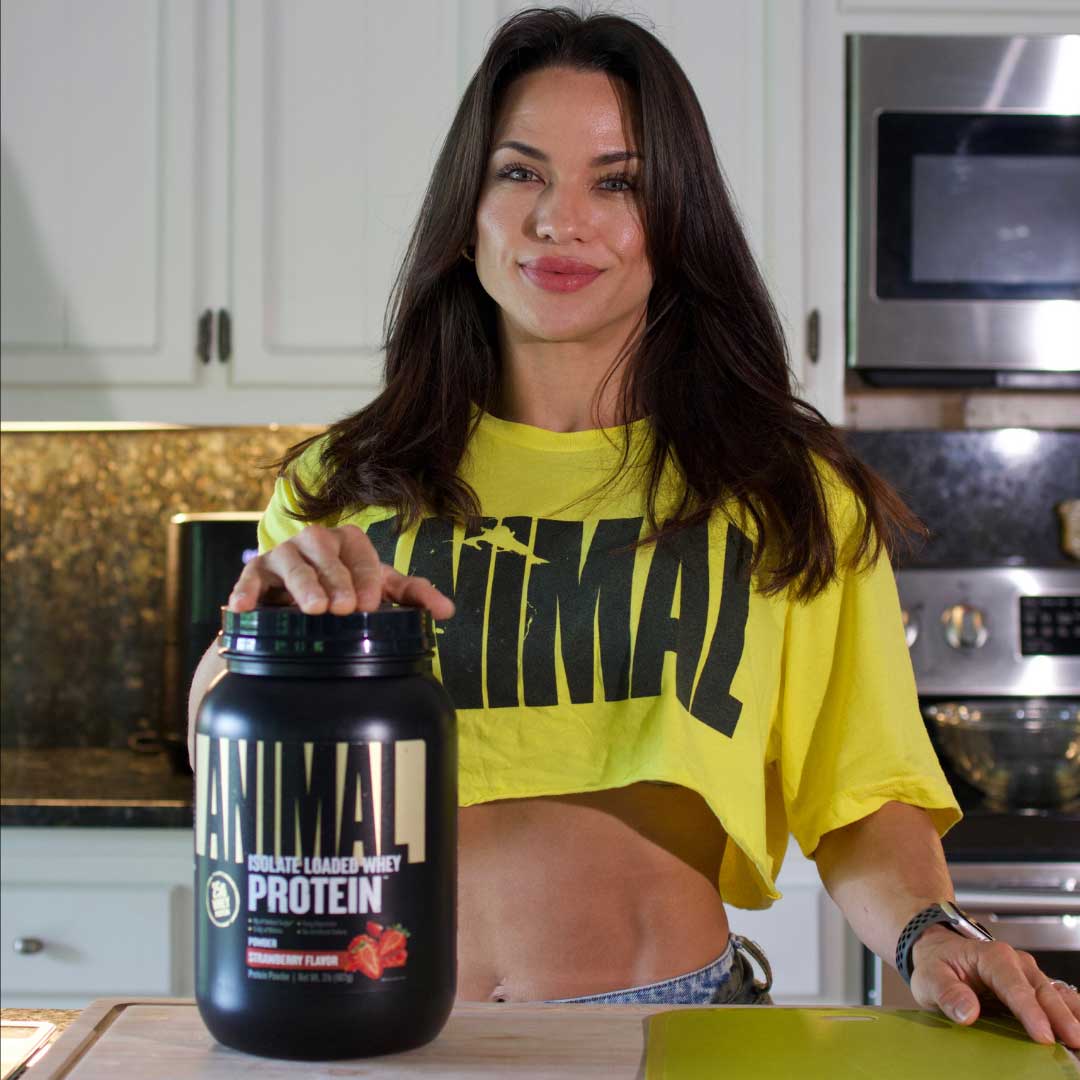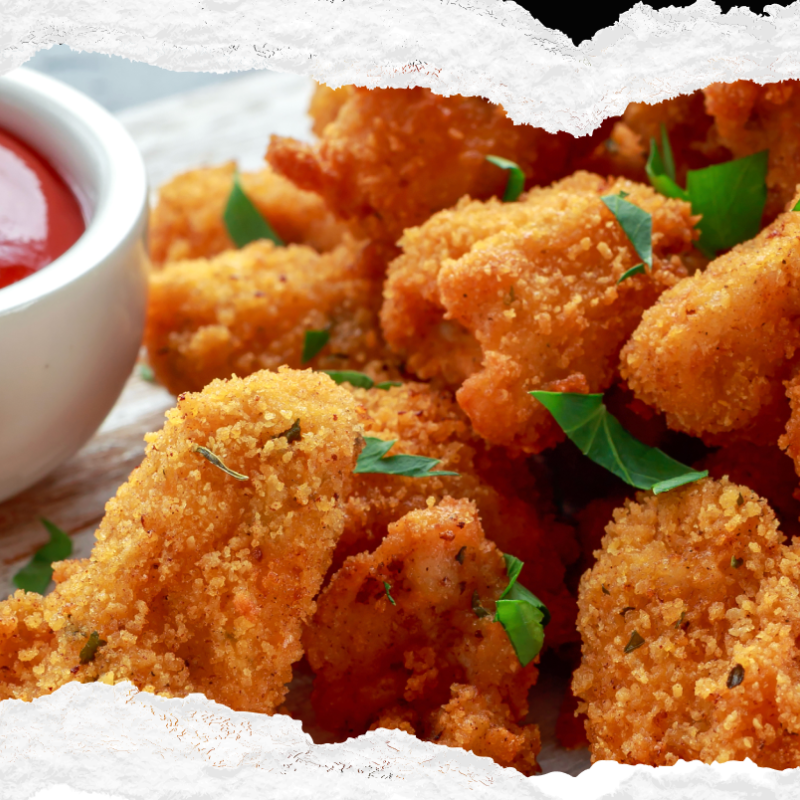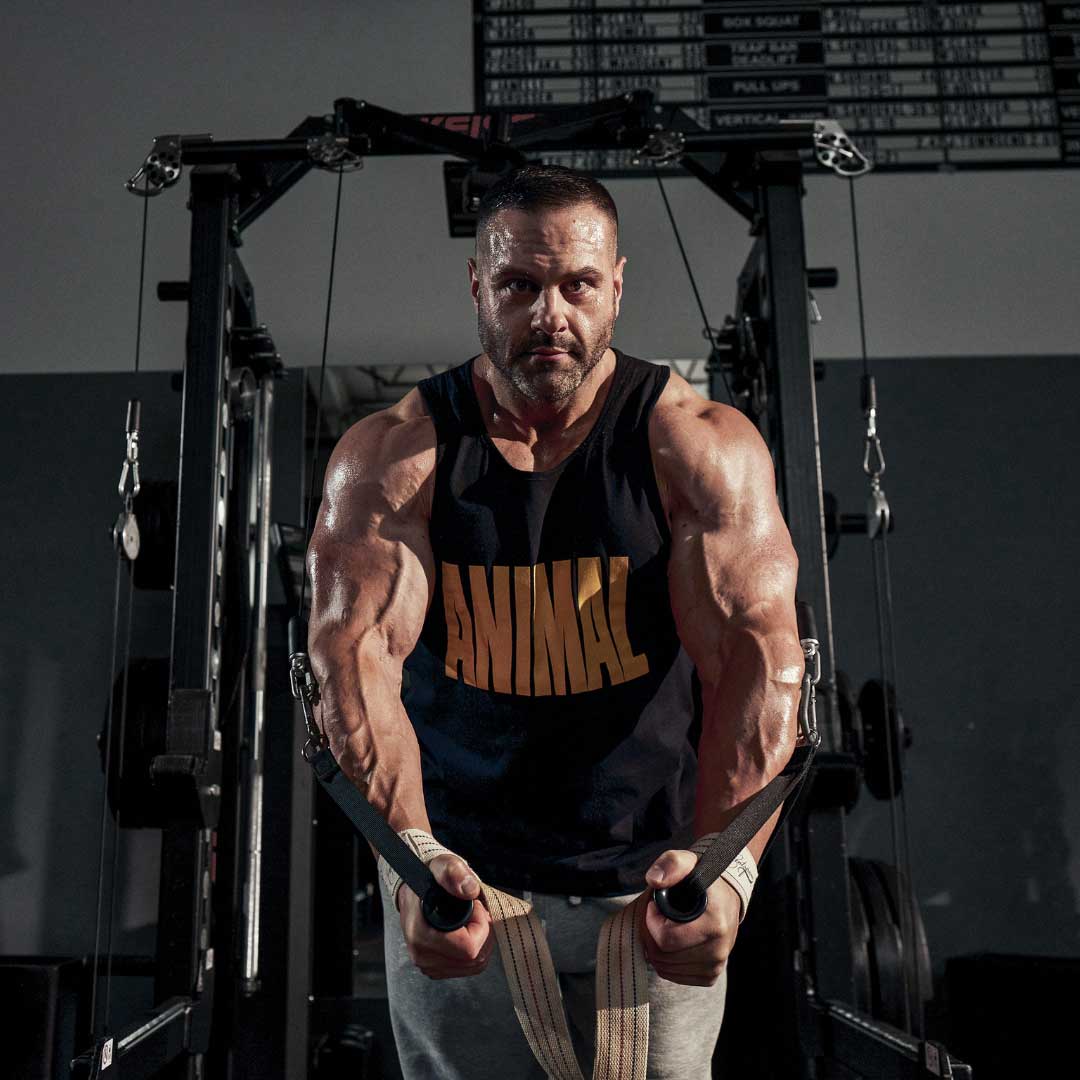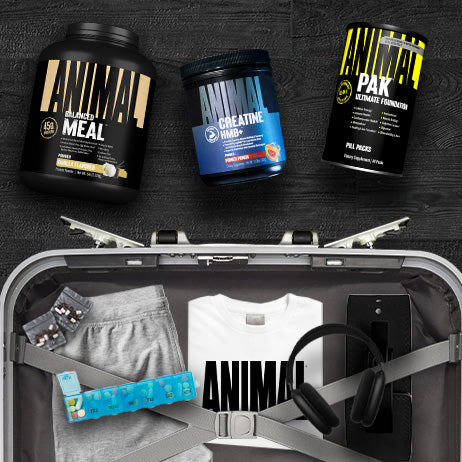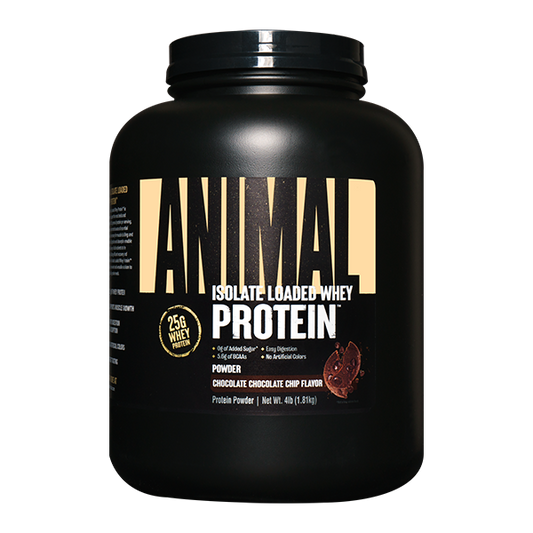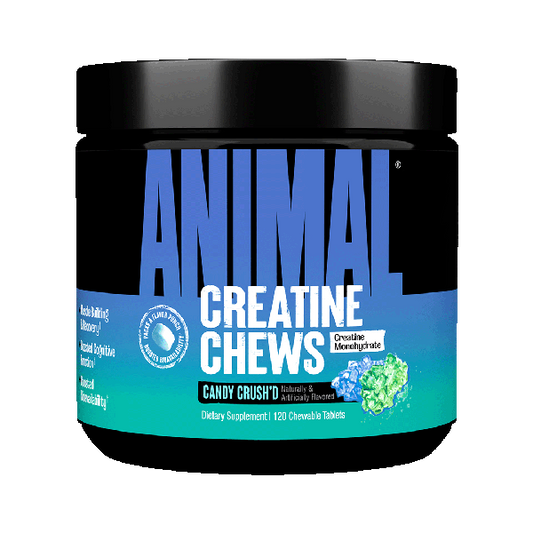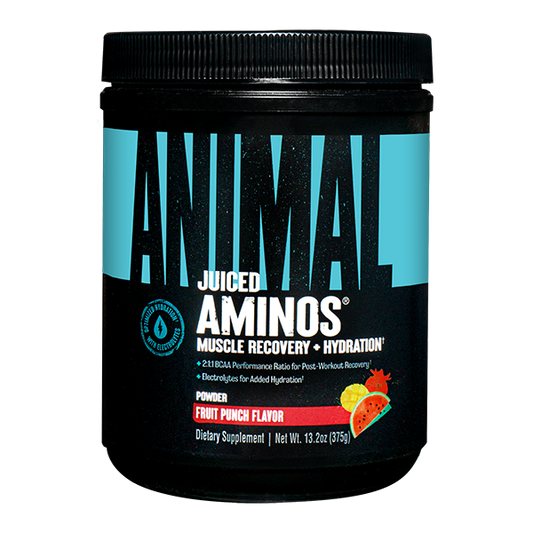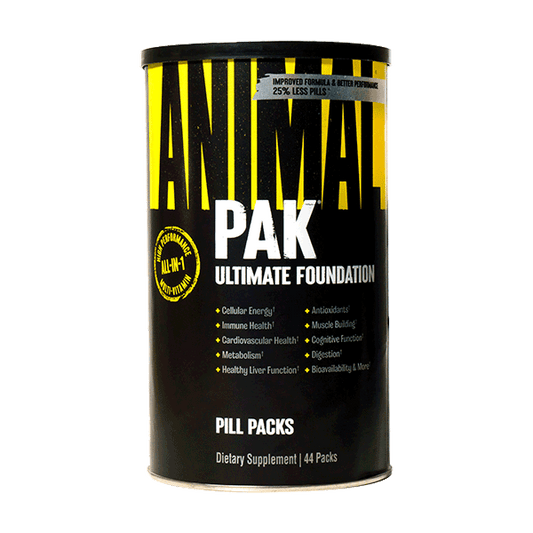As a teen lifter and into my early 20s, I couldn’t cook, and only knew to eat as much protein as possible, never under-eat, and to take creatine. In those days, most protein supplements didn’t mix well and tasted gross. I had several food allergies as well, including allergies to dairy, beef, wheat, peanuts, molds. So most protein shakes would trash my stomach and I was mostly relegated to eating chicken and rice – not exactly a death sentence for a body builder, but not ideal either. Given my ferocious teenage appetite and that I’d organized my life and budget around lifting and eating, respectively, my situation was good enough for many years of strength and mass gains.
However, in the last 15 years, I’ve learned how to shop, cook and prepare a good variety of foods that are fantastic for lifters, and don’t require self-hatred to consume. Starting with the basics, here are a couple of basic nutritional formulas that I find helpful, including how to calculate how many calories you might need, and how to break that down in terms of macros.
Basic Calories and Macros
A simple starting point to calculate how many calories you need for maintenance, to support heavy training without gaining or losing weight:
Total Calories = Body Weight x 16 (or 17)
(This isn’t perfect but it’s a starting point. You can use a higher number if you have more muscle mass)
For example, if you’re at 250 lbs (like me), then 250 lbs x 16 = 4000 calories
Then I calculated macros using these percentages:
- Protein: 25% = 1,000 calories = 250 grams (4 cal / g protein)
- Fat: 25% = 1,000 calories = 111 grams (9 cal / g fat)
- Carbs: 50% = 2,000 calories = 500 grams (4 cal / g carbohydrate)
(You’ll notice that the protein recommendations align exactly with the classic 1-gram protein per pound of body weight)
If I have to, I opted to adjust total calories primarily through carb adjustments. I feel best when I can follow a relatively high carb diet to back up my training. I boosted my carbs to over 600 grams per day to target 4500 calories per day
From a theoretical standpoint, you’ll need to achieve a caloric deficit of 3,500 calories to burn a pound of fat, so I think the general recommendation of lowering calories by -500 / day (or 3,500 per week), is a good starting point to put you on a track to lose 1 lb of fat per week. Of course, there are some adjustments that will go into the practical application here, but this is a simple enough framework within which you can understand the concepts and make your own decisions regarding food and nutrition.
Meal Prep and Supplementation for Bodybuilders
To start, I’ve always tried to consume a lot of protein through meat, eggs and dairy. I’ve also supplemented the protein intake with whey protein, as it can be more practical when it’s inconvenient to eat the protein in food or when you don’t have the appetite!
To be honest, eating protein is more meaningful than consuming protein powder. Food breaks down more slowly in our body’s digestive system and therefore stays available in the blood stream longer. The fact is, you absorb more of the nutrition more effectively. Protein powder digests much more rapidly.
This can be useful in certain situations, but if you are replacing too much protein from food with protein from supplements, you will struggle to make the gains you want. I believe you MUST develop an ability to consume more food even when your body doesn’t feel like eating. You MUST eat big to get big! Do not accept that BIG GAINS can be made through moderation here.
Easy recipe to help build muscle
The first meal I recommend to anyone, thanks to Stan Efferding, is ‘Monster mash’. This is easy to make, easy to eat, and easy to make a lot of. It basically consists of white rice, ground beef, chicken broth and salt. You can also add flavor via hot sauce, vegetables, pico de gallo, or peppers.
To make this you’ll need the following:
-
Rice Cooker – You can make rice however you want, but with a rice cooker, the rice can be kept warm and moist for days in the pot, ready to be scooped into your bowl. This appliance is one of the things that massively boosted my quality of life so much so that I have one at work and one at home! Indispensable!
-
Electric Skillet, Large Frying Pan or Grill – You can prep many pounds of ground beef in a skillet or pan, or cook several hamburger patties on a grill–all work well. I have a 16” electric skillet at home and the gym–this size can handle about 8 lbs of ground meat pretty easily
-
Spatula (Teflon or stainless steel) – Anything will work here
- Electric Food Scale – I can’t impress upon you enough how convenient a food scale is but hear me out. I used to scoff at the idea of meticulously measuring out your food, because, obviously, the way to get huge is to eat… wait for it… MORE! DUH!! But of course, there came a point where LOSING weight wasn’t as easy as it used to be. If you are gifted when it comes to eating a lot, a scale might help with eating less and if you default to under-eating, a scale can keep you honest at eating enough. When I measure out portions for a meal, it’s just taking some of the guess work out and lightening the load on your will power. And once you learn how you feel from and how your weight responds to a certain amount of food, you can make more meaningful assessments and adjustments to your diet. I recommend it to everyone now.
Preparation for this is as simple as putting 2-4 cups of rice into the rice cooker and adding water as recommended by the cooker or adjusting based on your preference. All you do is press start to make the rice. About 40 minutes later it’s good to go for days.
The meat can be what you choose: Ground beef, bison, or turkey. I recommend using 90% lean meat but depending on if I’m looking for weight loss or weight gain, I may use a range of meats between 88-93% lean and cook between 6-8 lbs at a time. This is doable for anyone, no matter how inexperienced you may be.
- Turn the skillet on to high. (400+) I like to let it pre-heat a few minutes
- Wash your hands
- Cut open the meat packaging and put it on the skillet
- Break it up a little and flip it every few minutes, allowing the outside to brown slightly before using the spatula to further break it down
- Season the meat a little more every few minutes. I like a Santa Maria seasoning like the one from Scott’s
- Tend to the meat every few minutes, stirring, and make sure to take it off when it is cooked to your liking
- Afterward, just store all the meat in glass containers or gallon Ziploc bags (Wait until the food has cooled down). Often, I will pour out the fat at the bottom of the skillet, then bag the meat up.
Now let’s say that you prepped the meat and rice a couple of days ago, and now it’s meal time. I like to eat out of a large bowl to better distribute the chicken broth
- Bowl goes on the electric scale. Zero it.
- Scoop out rice directly from the rice cooker to the bowl – 8 oz
- Scoop ground beef into the bowl – 8 oz
- Pour chicken broth into the bowl – 4 oz
- Add other ingredients like steamed broccoli or pico de gallo
- Mix it up! Getting the broth spread onto all the rice makes this meal. I never want to eat dry re-heated rice ever again. With the broth effectively greasing up the rice, you will be able to eat twice as much food, twice as fast vs dry, re-heated rice. (Even if you don’t use a rice cooker and reheat refrigerated rice, this will be a game changer.)
- Microwave
- Finally, add the hot sauce. I prefer to put it on after the microwave
Aside from specific meals, I generally try to consume my food in general Macro combos that are high in protein but avoid combining fat and carbs together.
Nutrition for Bodybuilders
Here are the 3 categories of meals that result:
- Meal w/ High Protein, High Carbs, very low fat. (Monster Mash w/ lean ground beef or turkey fits this for example)
- Meal w/ High Protein, High Fat, very low carbs. (Scrambled eggs w/ beef or bacon and cheese but hold the toast or waffles! Steak is another great food choice and pairing it with just veggies or salad keeps the carbs away.)
- Meal w/ Protein, Carbs and Fat, but smaller portion. Sometimes, even on a diet, the meal that’s both high in fat and carbs is on the menu, but this is where portion control has to kick in. Combining fat and carbs together is a great way to slow down digestion and gain stored body fat. But, with portion control, these tasty meals can still be consumed. (Example, one of my faves: Tri Tip and mac and cheese)
I've gone through different phases where I’ve kept supplementation pretty simple, and other times where I’ve added numerous specific vitamins and minerals on top of all the usual suspects. I’m going to list the supplements that I have taken that I truly believe are useful–that’s right, not everything I’ve taken was because I knew it worked or how but was on recommendation from people I trust.
- ANIMAL WHEY – Whey protein is the best for a reason. Protein is one of the critical puzzle pieces for a successful response to weight training. It is generally preferable to consume it via food, but there are a lot of reasons why supplementation is necessary, good and at times more optimal. At any rate, sometimes I consume it during or directly after a workout, when my appetite might be interfered with by the training. It can be great during the day if you struggle with having a big appetite, or there’s a long stretch in the day where consuming a meal isn’t an option, but a shake is. Thirdly, I’ve used it to boost protein in an actual meal that would otherwise be more devoid of protein. My favorite example of this is Oatmeal. By itself it’s just carbs but add 2 scoops of vanilla or chocolate ANIMAL WHEY… now the oatmeal is delicious, has great consistency, and has close to 50 grams of protein!
- ANIMAL Creatine Chews – Creatine is one of the most tried and true supplements. I’ve been using it since age 15, it’s both great for recovering, and good for your brain function.
- Primal – As a strength athlete, I love the hit of caffeine before training, but my favorite addition that was included in ANIMAL Primal is the electrolyte complex. Staying hydrated is not just fluid, but electrolytes. How I lift in the gym depends significantly on staying full and hydrated, so I love that that’s a feature of this pre-workout.
- Juiced Aminos – getting protein during a workout is useful, and I use juiced aminos commonly for that. It’s as simple as putting this into my water jug to sip on as I train. This is similar to consuming whey protein for satisfying an overall need for protein, but now getting a little more specific in terms of the exact aminos that tend to be attributed to muscle stamina or resistance to cramping.
- ANIMAL Pak – As I mentioned above, there have been times where I’ve added additional vitamins and minerals to my supplementation at the behest of a trusted advisor, but if you’re looking for a really solid, single source of coverage for vitamins and minerals that a typical lifter will benefit from, you really can’t go wrong with ANIMAL Pak to cover your needs.
About The Author
Dan Green is a 10x World Record Setting powerlifter and the owner of Boss Barbell Club in Mountain View, California. In addition to competitions, he has lifted as an ANIMAL athlete since 2012 and performed at the Animal Cage at the Arnold Sports Festival several times. The "Boss", Dan Green is generously sharing his extensive knowledge of nutrition and powerlifting with the Animal community.


